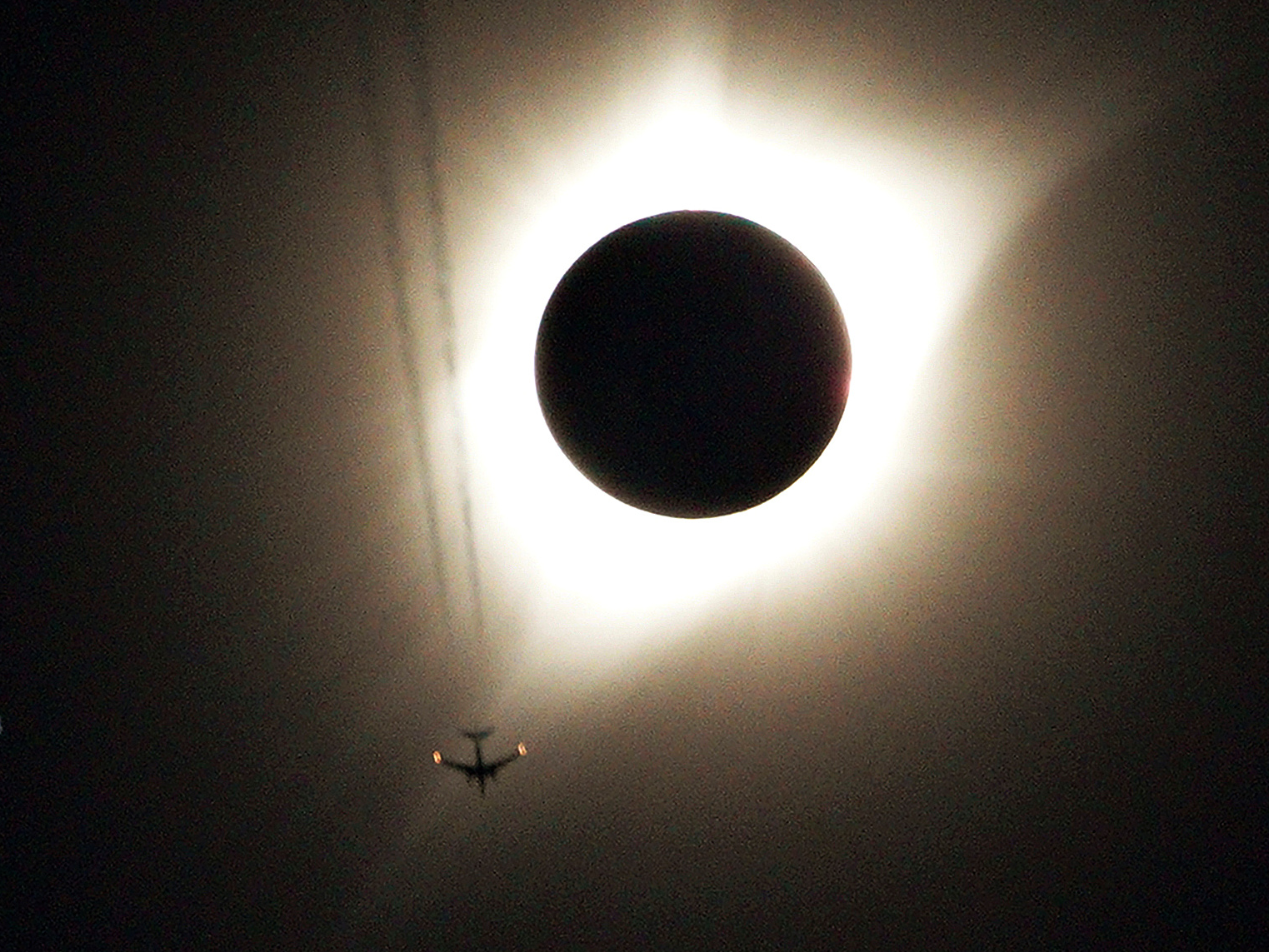Earth is a 7,917-mile-wide rock drifting through the vacuum of space – a fact that’s shockingly easy to forget.
But every so often, a mind-boggling picture appears before our eyes and reminds us just how small, lucky, and plucky we are as human beings.
Some images take us on a billion-year journey back in time. Others bring the blue marble of our home planet into view. And from the ground, we can follow companies and governments on their quests to reach the stars.
The year 2017 brought some of the most astounding space and astronomy images to date. We’ve rounded up some of our favorites.
The “rotten egg” nebula forecasts the sun’s death

Some 5,000 light-years from Earth, the Calabash Nebula – also called OH 231.8+04.2, or the “rotten egg” nebula (since it contains a lot of sulphur) – shows what happens after a star like the sun dies. The yellow-colored gas is moving at more than 620,000 miles per hour.
This Hubble Space Telescope photo, taken this year, shows what our sun could look like in about 5 billion years, when it can no longer efficiently fuse fue. At that point, it will partly collapse, blow its outer shells of plasmatic gas into space, turn into a white dwarf, and begin to form a planetary nebula in its surroundings.
The most detailed view of Earth ever taken
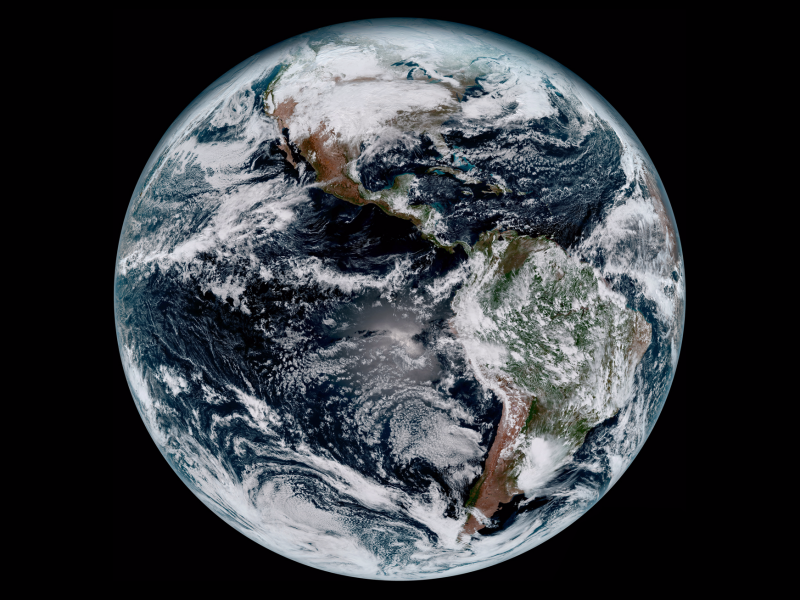
The National Oceanic and Atmospheric Administration launched the GOES-16 satellite in November 2016, parking it in an orbit that helps it look down on the same face of Earth, day-in and day-out.
Before it was put to use helping scientists log and predict weather patterns on our planet, it had to undergo nearly a year of rigorous testing and verification.
This test shot of a full view of Earth, taken by the satellite in January, is arguably one of the most detailed whole views of the whole planet. GOES-16 recently passed all of its tests, and NOAA now calls it GOES-East and constantly uploads its images to the internet.
The space station was captured as it flew in front of the 2017 total solar eclipse

The International Space Station (ISS) is an ultimate target for adventurous photographers, since it orbits 250 miles above Earth while moving at 17,500 miles per hour. But with some very careful planning, the football-field-size laboratory can be caught on camera from the ground.
Months before the August 2017 total solar eclipse, a NASA photographer managed to put himself in the right place (which happened to be Banner, Wyoming) at the right time to capture the ISS zooming in front of the astronomical event.
An ultimate image of Saturn from a doomed spacecraft
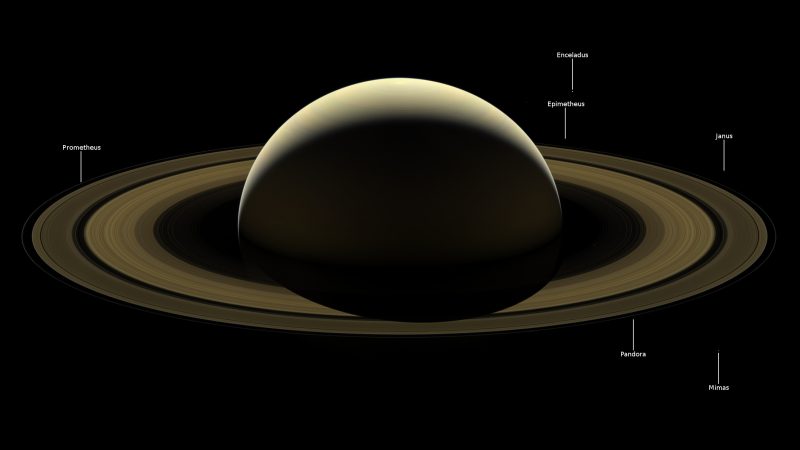
Launched in 1997, NASA's $3.26-billion Cassini probe explored Saturn and its moons for 13 years.
Researchers used the robot to discover six new moons and mysterious "propeller objects" in Saturn's rings, documented a giant hexagon swirling atop the planet's north pole, photographed hydrocarbon lakes on Titan (Saturn's largest moon), and found a vast ocean of salty water - which may harbor alien life - below the icy crust of the moon Enceladus.
But on September 15, 2017, the space agency crashed its precious spacecraft into the clouds of Saturn to avoid the possibility that it would crash into one of the planet's moons when it ran out of fuel. Cassini took a series of photos that NASA stitched together into one final, whole image of Saturn before it plunged to its death.
Finding home between Saturn's rings
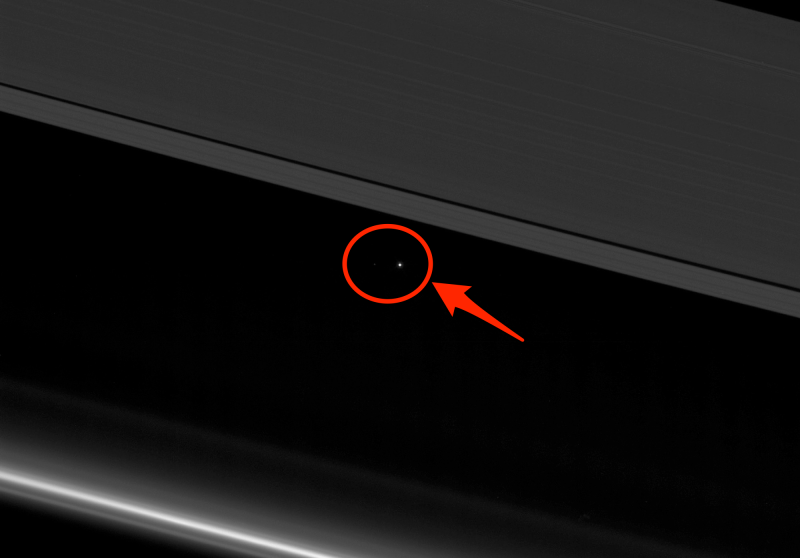
Before Cassini was destroyed, NASA peered through Saturn's rings and found two familiar objects: Earth and its moon.
The specks of light are hard to make out, but this image underscores our fragile existence in the universe.
Antarctica shed the third-largest iceberg in recorded history
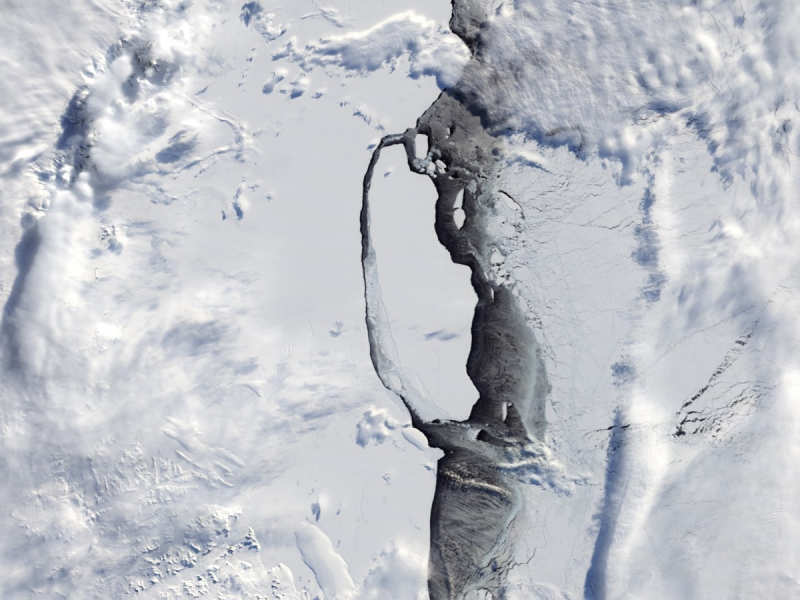
In the 2010s, a crack appeared in Antarctica's Larsen C ice shelf and slowly grew. In 2016, glaciologists began documenting a rapid uptick in the rift's progress.
By July, a Delaware-size iceberg - the third-largest in known history - broke free of the Southern Continent and began drifting into the ocean.
The image above and animation below show the iceberg from the perspective of satellites in space.
Astronomers solved the mysterious origins of precious metals

We take the gold, platinum, and silver for granted, but in October, astronomers announced proof of the metals' catastrophic origins: radioactive fireworks called a kilonova, which occur only after the hyper-dense cores of two dead stars smash together.
A burst of gravitational waves alerted astronomers to the collision, prompting them to turn telescopes toward the crash site some 130 million light-years from Earth. The image above and animation below show the kilonova light burst, caused by neutrons radioactively decaying into precious metals, turning from blue to red over the span of four days.
A psychedelic view of Jupiter
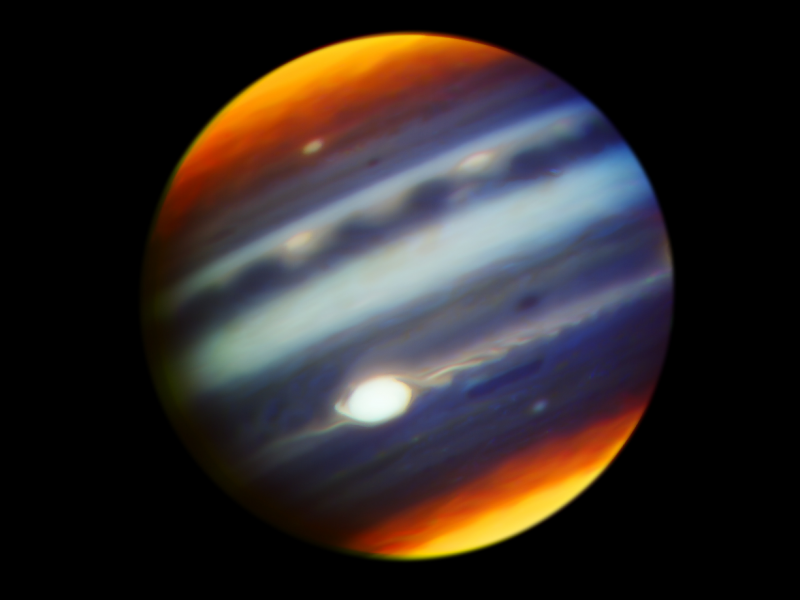
Jupiter, the largest planet in the solar system, looks like a striped brown-and-white giant to human eyes. But in infrared light - which we can't see, but some telescopes can - the planet shows its wild temperature variations. Scientists can use that data to better track and understand weather systems.
This photo was taken on May 18, 2017, just before NASA's Juno spacecraft made a very close pass above the gas giant's cloud tops.
A monster planet, from top to bottom

Each time NASA's Juno spacecraft flies over Jupiter's clouds - roughly once every 53.5 days - it takes some of the most incredible and unprecedented images of the planet ever seen. This view shows Jupiter's south pole littered with monster storms, a view no one had glimpsed until Juno came along, during the spacecraft's eighth flyby.
The Great (shrinking) Red Spot
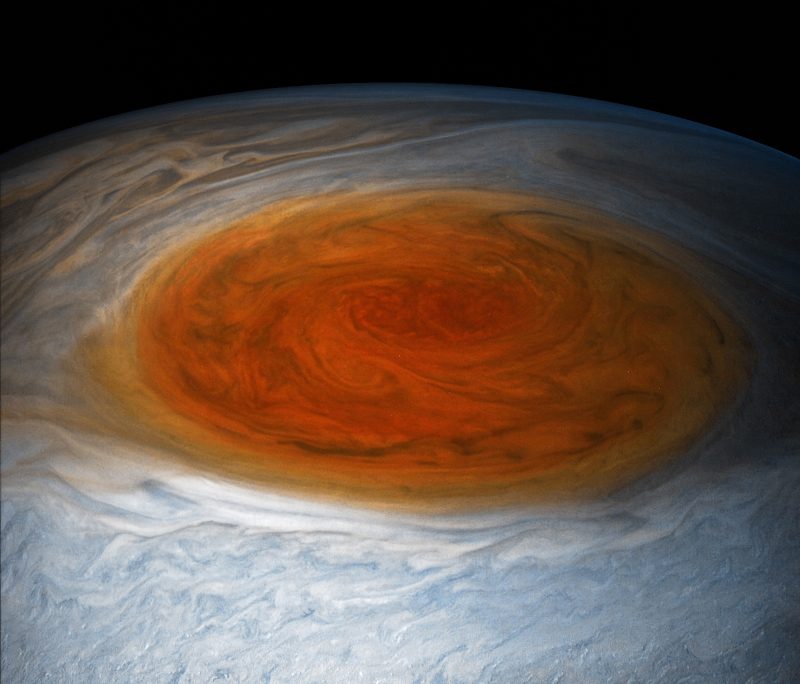
On July 10, Juno returned one of the closest-ever views of Jupiter's Great Red Spot - a larger-than-Earth storm that is actually shrinking. In fact, astronomers think it could vanish entirely within 20 years.
A super typhoon seen from the best window in the solar system
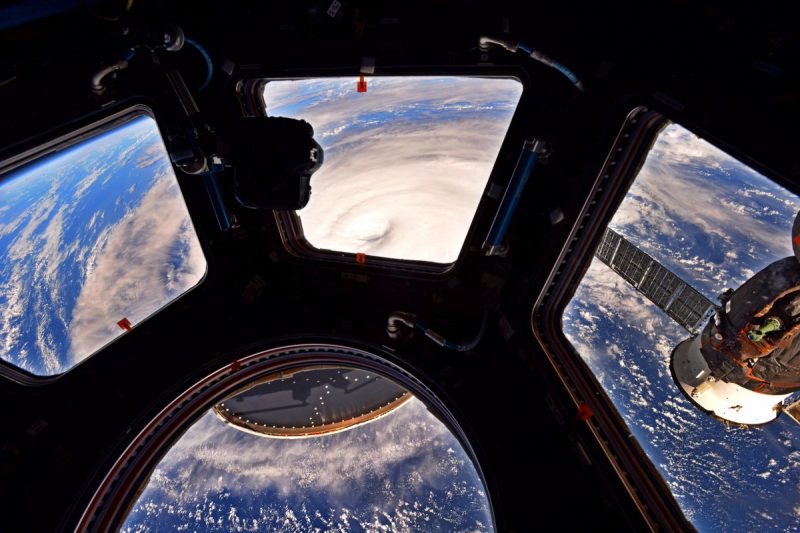
On August 1, NASA astronaut Randy Bresnik peered out the multi-panel window in the ISS called the Cupola, capturing the enormous "super typhoon" Noru as it barreled toward Asia.
Hurricane Harvey soaked Texas with torrential rain

This small neighborhood in Simonton, Texas was drowned with record-breaking flooding caused by Harvey and its stormy remnants. A commercial space satellite operated by DigitalGlobe managed to capture before-and-after photos of the watery devastation.
California burning
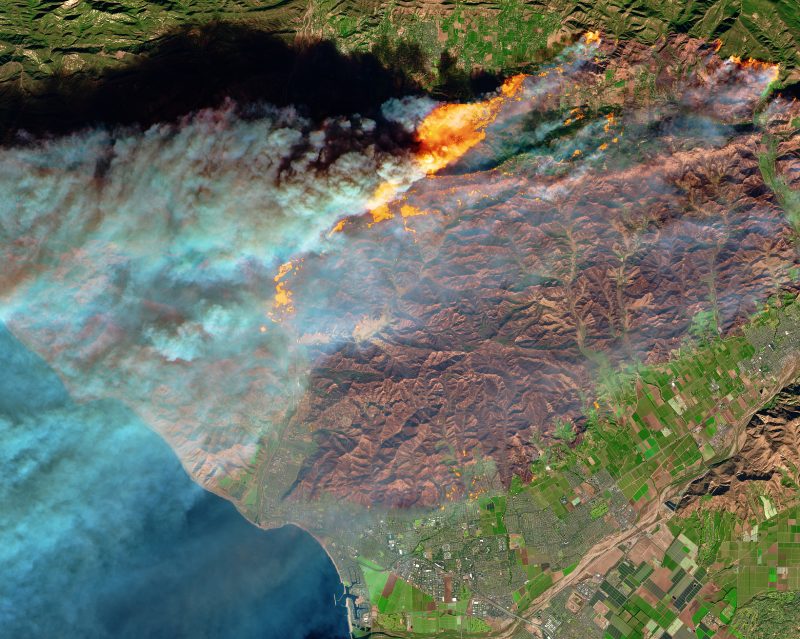
A spate of wildfires in both Northern and Southern California have killed dozens, destroyed thousands of homes, and scorched hundreds of thousands of acres, making 2017 one of the worst-ever years for fires in the state's history. This view, taken from a DigitalGlobe satellite, shows an expansive burn scar and enormous flames in Ventura County (northwest of Los Angeles).
Gigantic gravity waves found on Venus
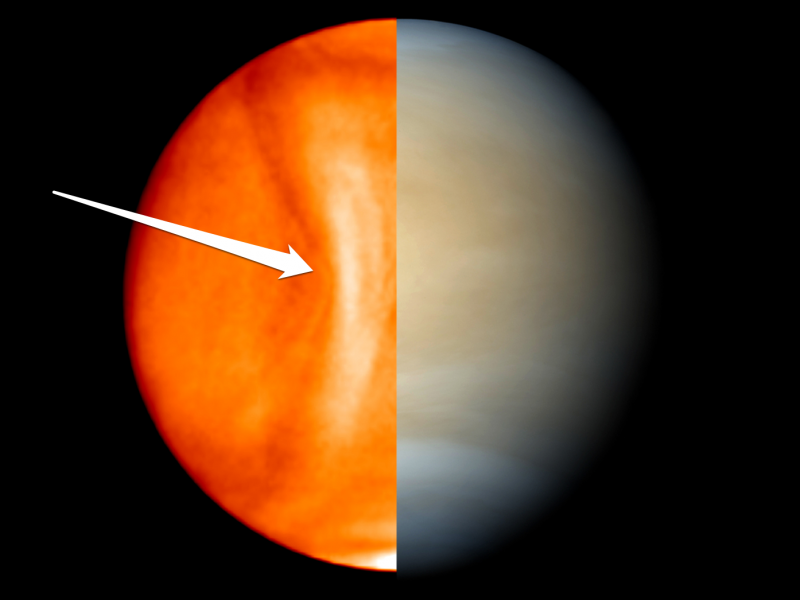
A January study of Venus' atmosphere revealed the planet is hiding the largest atmospheric waves in the solar system. Called gravity waves, such disturbances are usually caused by mountain ranges forcing flowing air upward, which then crashes back down on the other side. But on Venus the cause is mysterious - and infrared telescopes revealed that its gravity waves span the entire planet.
Close call with a giant peanut
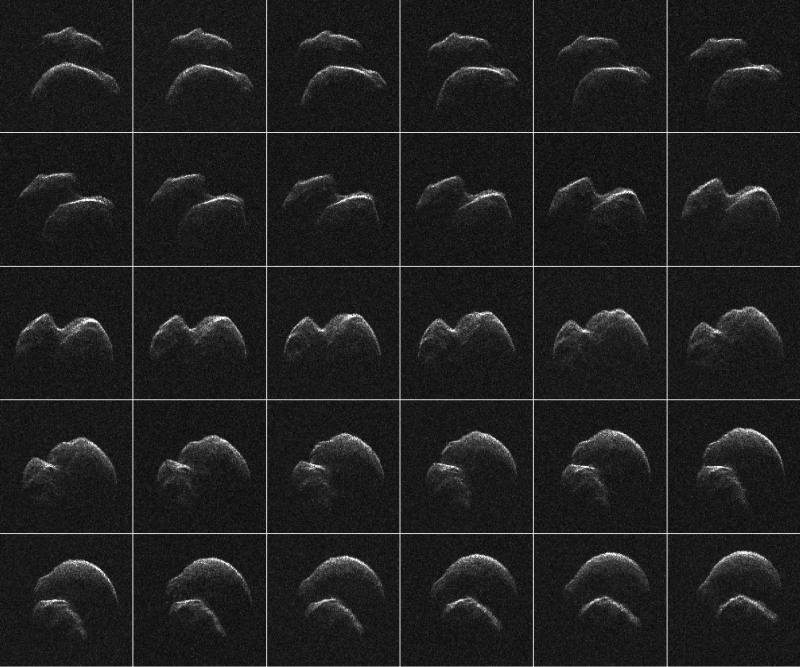
Enormous rocks are drifting through space, threatening to wallop Earth and its human settlements. Thankfully, governments around the world are ramping up their efforts to find near-Earth objects (NEOs).
In the spring, astronomers discovered asteroid 2014 JO25 - a 2,000-foot-long, peanut-shaped rock - and quickly labeled it a "potentially hazardous asteroid," since it flew within about 1.1 million miles of Earth. There's a slim chance it may swing back around and strike our planet in the next few hundred years.
Several radio telescopes pinged the space rock with radar during its closest approach in April 2017, leading to incredibly detailed imagery of its shape and motion through space.
Dwarf planet Ceres bursts with a subsurface ocean

Lurking between Mars and Jupiter is the largest asteroid in the solar system: a dwarf planet called Ceres, which has ice volcanoes, salt deposits, and other features that suggest it's hiding an ocean of salt water.
NASA's ion-propelled Dawn spacecraft took this enhanced-color photo of the mini-world on April 29, 2017. The bright-white spot near the center is the Occator crater. Scientists have learned that it is so reflective because it's lined with Epsom-salt-like minerals: another sign of a large hidden water source.
A reusable rocket booster proved itself worthy
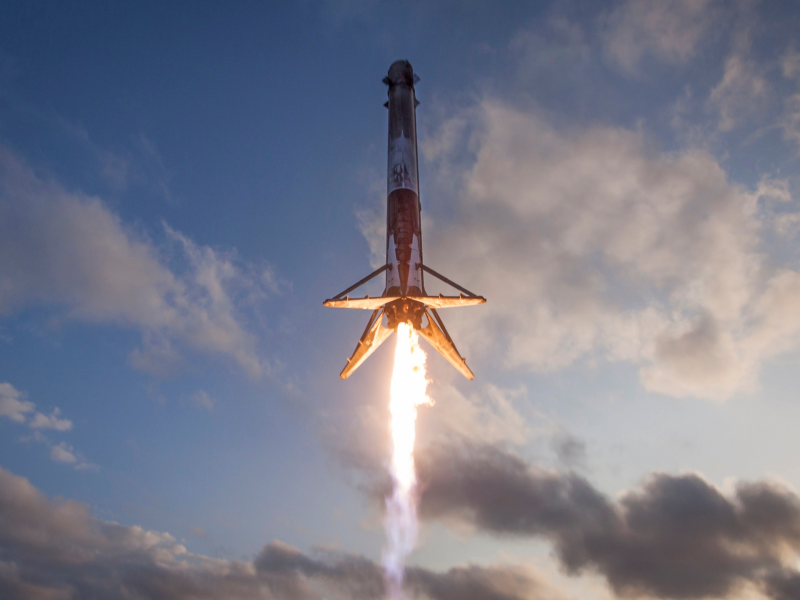
On March 30, Elon Musk's aerospace company, SpaceX, re-launched and re-landed a used orbital rocket booster for the first time. The technology could help dramatically lower the cost of access to space, since rocket parts costs tens of millions of dollars but are usually discarded in the ocean.
This photo shows the used, roughly 140-foot-tall Falcon 9 rocket booster landing on a drone ship in the ocean. For the second time.
An $8.7-billion space telescope is born

As the Hubble Space Telescope ages, NASA is readying a new observatory to pick up where its predecessor left off. Called the James Webb Space Telescope, the bus-sized, infrared-seeing spacecraft - often delayed and well over-budget - may ultimately cost taxpayers nearly $9 billion.
Much of the telescope's chassis, including a series of giant gold-plated mirrors, have been fully assembled and tested. NASA has delayed its launch to spring 2019, however, because work to fold up the telescope and stick it into the top of a big rocket is taking much longer than expected.

